Boost Your Production: The Ultimate Benefits of Investing in a High-Quality Meat Mixer
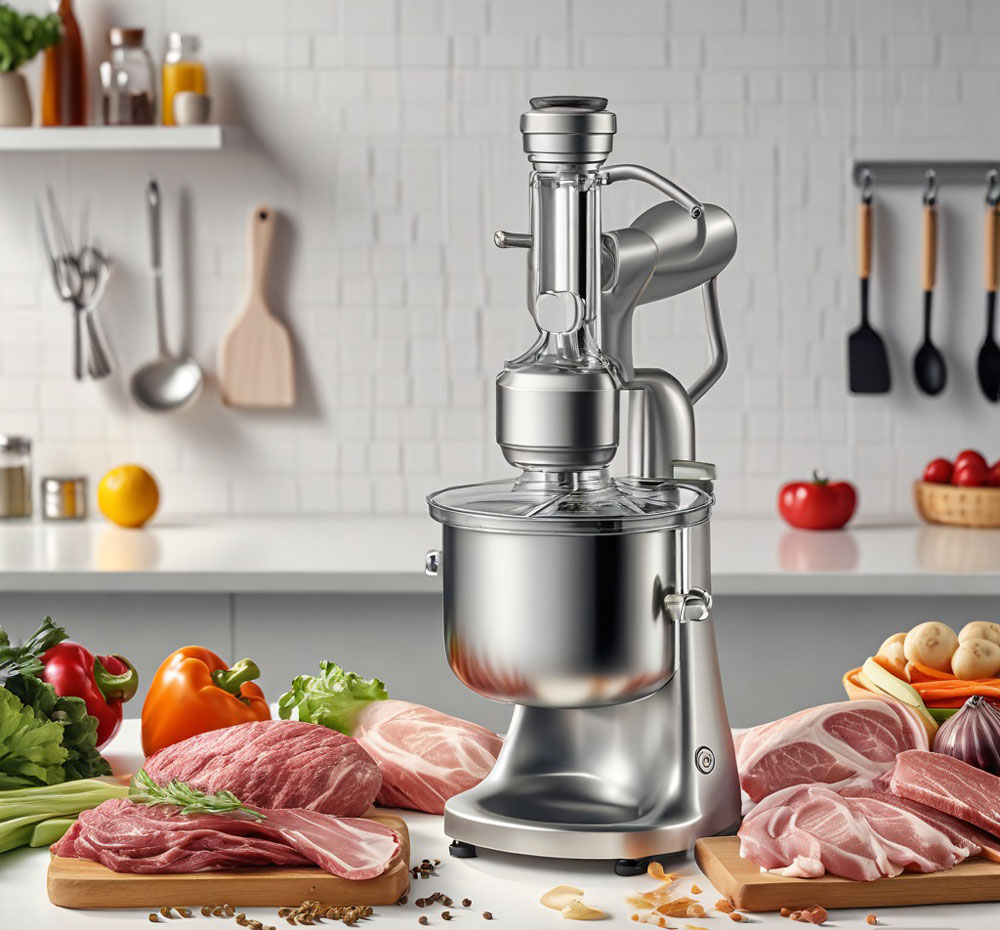
Introduction to Meat Mixers
In the world of food production, particularly within the meat processing industry, the importance of a meat mixer cannot be overstated. Whether you're preparing ground beef, sausages, meatballs, or a variety of other meat-based products, a meat mixer ensures that the ingredients are blended to perfection. But what exactly are meat mixers, and why have they become an indispensable tool in modern meat production?
What Are Meat Mixers and Why Are They Essential in Food Processing?
At their core, meat mixers are machines designed to combine raw meat with various ingredients like spices, fillers, and other additives. Their primary function is to ensure that all ingredients are uniformly distributed throughout the meat, resulting in a consistent texture, flavor, and overall product quality. Without these machines, the task of mixing meat would be labor-intensive, inefficient, and likely result in inconsistent outcomes. In modern food processing, meat mixers have revolutionized how meat products are produced, improving both the efficiency of operations and the quality of the final product.
Understanding the Role of Meat Mixers in Modern Meat Production
Meat mixers play a crucial role in automating the mixing process. They save valuable time and labor, ensuring that meat products are produced consistently and to high standards. Whether it’s blending ground beef for burgers or combining pork with spices for sausage production, these machines offer precision and efficiency, making them essential in high-volume operations. In addition, meat mixers ensure that each batch is free from inconsistencies or defects, thus ensuring that every product meets regulatory food safety standards.
How Meat Mixers Work
The operation of a meat mixer, although appearing simple at first glance, involves a finely tuned combination of mechanics and engineering. Understanding how they work gives you a better appreciation of their capabilities and the benefits they bring to meat processing operations.
The Basic Mechanics of a Meat Mixer
Meat mixers typically operate with an electric or hydraulic drive system that powers a set of rotating blades or paddles. These blades are specifically designed to agitate and blend the meat and other ingredients. The process of mixing occurs as the blades move through the ingredients, ensuring that the meat is thoroughly combined with the spices and additives, leading to an even texture and flavor. The design of the blades is critical for achieving optimal results, as they must avoid crushing or over-processing the meat while providing sufficient agitation for even distribution.
Key Components: Blades, Motors, and Mixing Mechanisms
The heart of any meat mixer lies in its key components: the motor, blades, and mixing mechanism. Motors are responsible for powering the mixing action, and they can vary in size depending on the capacity of the machine. The blades or paddles are what physically mix the meat, and their design can range from simple straight blades to more complex spiral mechanisms that help to move the meat more efficiently. Some advanced mixers feature an automatic reverse feature that alternates the direction of the blades to ensure a more even blend.
The Process of Meat Mixing: From Raw Ingredients to Finished Product
The process begins when the raw meat and any additional ingredients are loaded into the mixer. As the machine operates, the blades begin rotating, pulling the ingredients together. The result is a uniform mixture that is ready for further processing. During mixing, the meat's protein structure is broken down slightly, enhancing the texture of the final product and ensuring that the ingredients are evenly distributed. This process is critical for achieving consistent quality in the finished product, whether it's a burger patty, sausage, or any other meat-based food item.
Types of Meat Mixers
There is no one-size-fits-all solution when it comes to meat mixers. Depending on your needs, the type of mixer you choose can significantly affect your production speed, efficiency, and product quality.
Vertical Meat Mixers: Advantages and Best Uses
Vertical meat mixers are characterized by their upright, cylindrical design. These mixers are typically used for smaller to medium-sized operations and offer a more compact design compared to horizontal mixers. The vertical orientation allows the meat to mix from the top down, and they are particularly effective when you need to add ingredients in stages. They are ideal for producing smaller batches, such as in local butcher shops or for making specialty products like meatballs or sausages.
Horizontal Meat Mixers: Ideal for Larger Batches
Horizontal meat mixers, on the other hand, are designed for larger-scale production. These mixers feature a horizontally rotating drum or bin that allows for thorough mixing of larger volumes of meat. Horizontal mixers are particularly efficient for operations that require mixing large batches of ground meat, and they are commonly used in industrial meat processing plants. Their robust construction allows them to handle higher volumes and heavier ingredients, ensuring uniform mixing even for bulk production.
Batch vs. Continuous Meat Mixers: Which One Is Right for You?
Batch mixers work by processing a specific amount of meat at one time. After each batch is complete, the mixer is emptied and refilled for the next cycle. This type of mixer is ideal for smaller to medium-sized operations or for products that require variation in mixing times or ingredient combinations.
In contrast, continuous mixers operate by constantly feeding meat into the mixing chamber, allowing for continuous production. They are ideal for large-scale production environments where high throughput is needed. Choosing between batch and continuous mixers depends on the scale of your operation, the type of products you produce, and your desired output.
Choosing the Right Meat Mixer for Your Needs
Selecting the appropriate meat mixer for your business is crucial in optimizing production efficiency. The right machine will depend on several factors unique to your operation.
Factors to Consider When Selecting a Meat Mixer
When choosing a meat mixer, you must first consider the volume of meat you process daily. Small-scale producers will need a more compact, less powerful machine, while large factories will require larger, more durable mixers capable of handling high output. Other considerations include the speed of mixing, the degree of automation, and how easily the mixer can be cleaned and maintained.
Capacity Considerations: How Much Meat Do You Need to Mix?
The capacity of your mixer will be determined by how much meat you need to process per cycle. Typically, meat mixers are available in a range of capacities, from small mixers that handle 50 kg per cycle to industrial-sized mixers capable of processing several tons. It’s important to choose a mixer that aligns with both your current production needs and future growth.
Material and Durability: What’s Best for Your Production Environment?
The durability of a meat mixer is critical for ensuring long-term performance. Look for mixers made from high-quality stainless steel, which is resistant to corrosion and easy to clean. Stainless steel is also essential for ensuring the hygiene standards required in food processing.
Power Options: Electric vs. Hydraulic Meat Mixers
Electric-powered meat mixers are the most common choice in the industry due to their efficiency, ease of use, and low maintenance. However, hydraulic mixers are more powerful and are typically used in high-volume applications. The decision between electric and hydraulic models will depend on your operational needs and available power sources.
Benefits of Using Meat Mixers in Food Processing
Meat mixers are not just a luxury—they provide significant advantages that can boost both the quality of your product and the efficiency of your operation.
Improved Consistency and Texture of Meat Products
The consistent and thorough mixing provided by these machines ensures that every batch of meat has the same texture, flavor, and consistency. This is particularly important in products like sausages or meatballs, where an even distribution of ingredients is essential for the final product.
Increased Efficiency and Reduced Labor Costs
Automating the mixing process with meat mixers allows for faster production times, reducing the reliance on manual labor. This not only cuts down on labor costs but also reduces human error, ensuring that every batch is mixed perfectly.
Enhanced Hygiene and Food Safety Standards
By automating the mixing process, meat mixers reduce the risk of contamination that comes with manual handling. The ability to clean these machines thoroughly and regularly ensures that your operation adheres to stringent food safety standards.
Customization for Different Meat Products (Sausages, Meatballs, etc.)
Meat mixers are highly adaptable, allowing producers to tailor the texture and consistency of their products. Whether you're making sausages, burgers, or custom meat blends, a mixer gives you the ability to adjust the recipe and achieve the desired result every time.
Key Features of a High-Quality Meat Mixer
A high-quality meat mixer is more than just a tool for blending ingredients. The right features can greatly enhance its performance, ease of use, and efficiency.
Programmable Controls for Precision Mixing
Advanced mixers come equipped with programmable controls that allow you to set specific mixing times, speeds, and ingredient ratios. This level of precision ensures consistent results, even when mixing different types of meat or products.
Safety Features: Emergency Stops and Protective Guards
Safety should always be a top priority in any industrial environment. Modern meat mixers are equipped with emergency stops, protective guards, and other safety mechanisms to prevent accidents and ensure the well-being of operators.
User-Friendly Interfaces for Easy Operation
For ease of use, many modern meat mixers feature intuitive, user-friendly interfaces. These interfaces allow operators to quickly understand the machine’s settings and functions, improving productivity and reducing the learning curve.
Energy Efficiency: How Modern Mixers Help Cut Costs
As energy costs rise, it's important to consider energy efficiency when purchasing a meat mixer. Modern models are designed to reduce power consumption while maintaining high mixing performance, resulting in long-term savings for your operation.
Must-Read Blogs For Chain Restaurants Owner




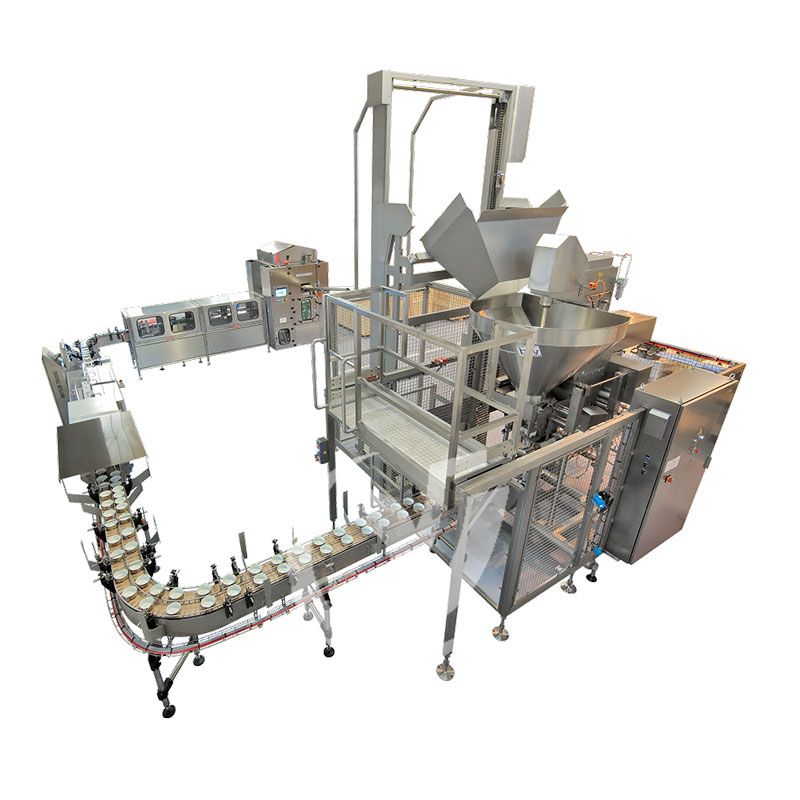


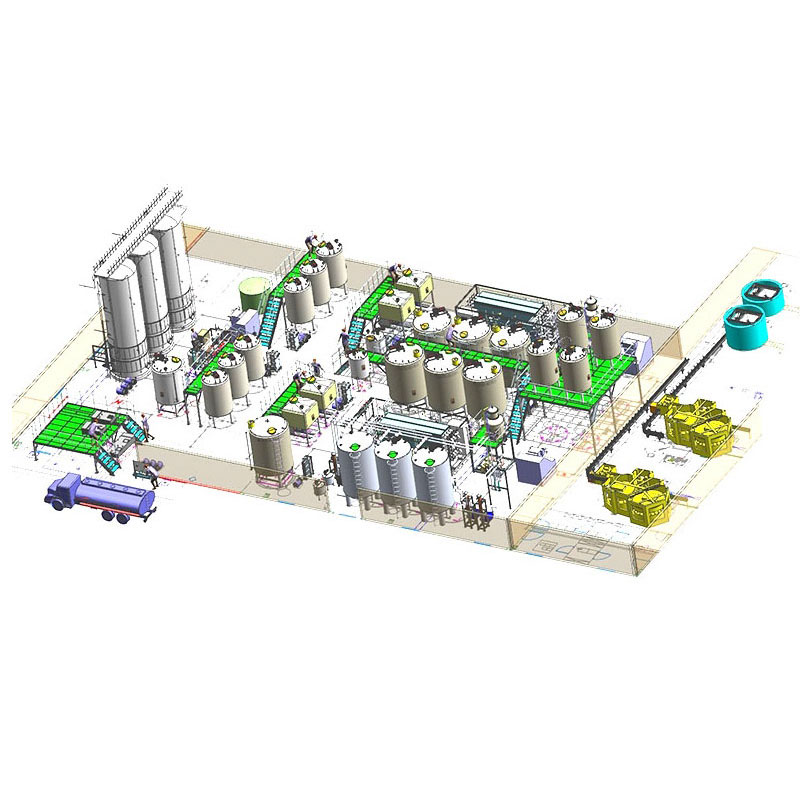


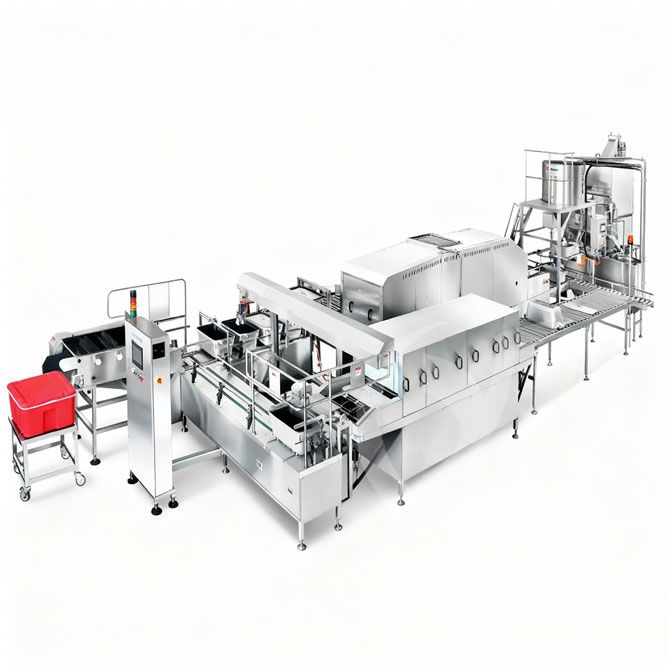
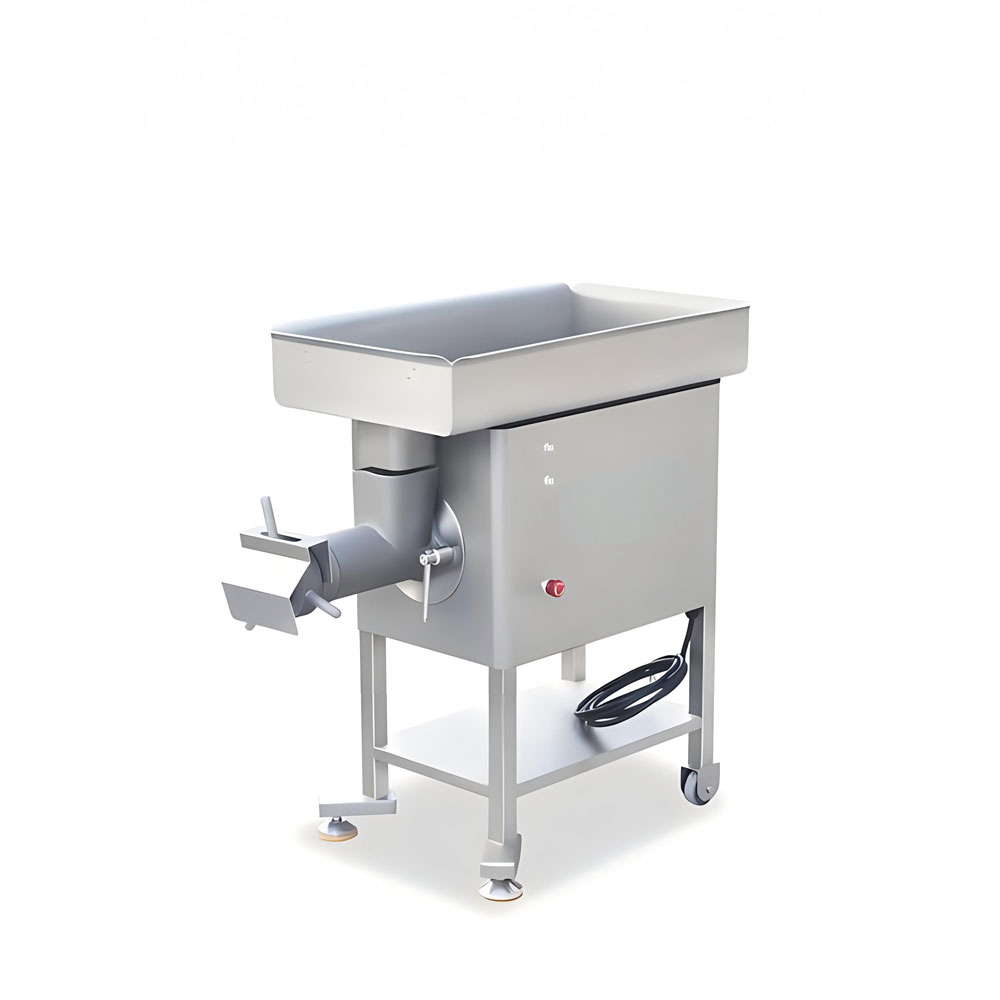 Automatic Meat Mixer Machine
Automatic Meat Mixer Machine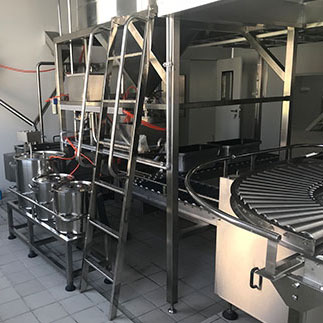 Cold Chain Rice Production Line
Cold Chain Rice Production Line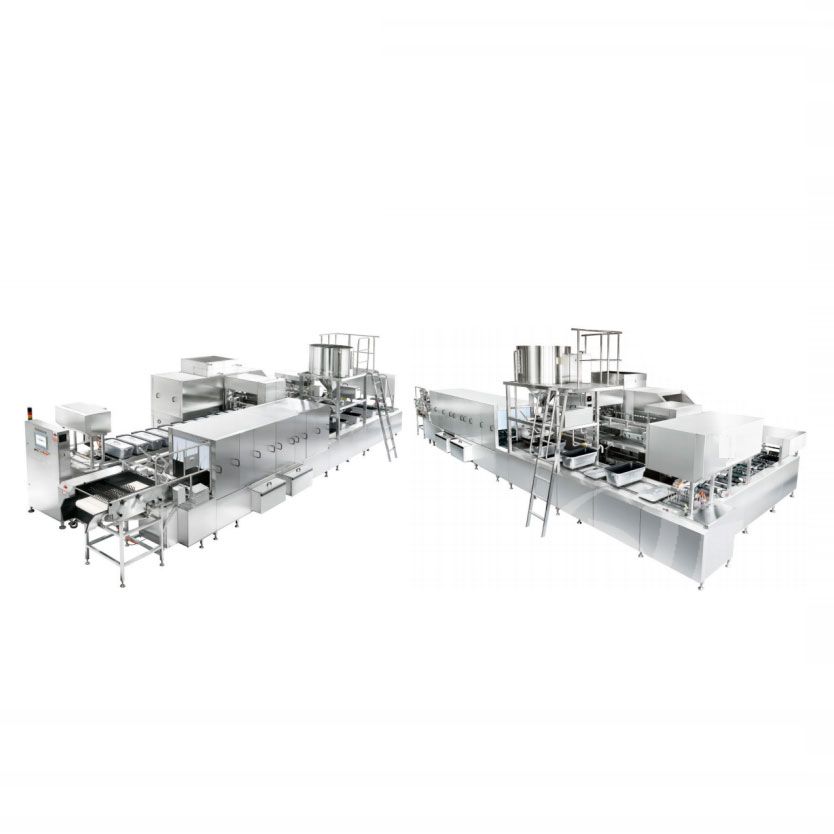 Unmanned Intelligent Rice Production Line
Unmanned Intelligent Rice Production Line
Ready to Get Started?